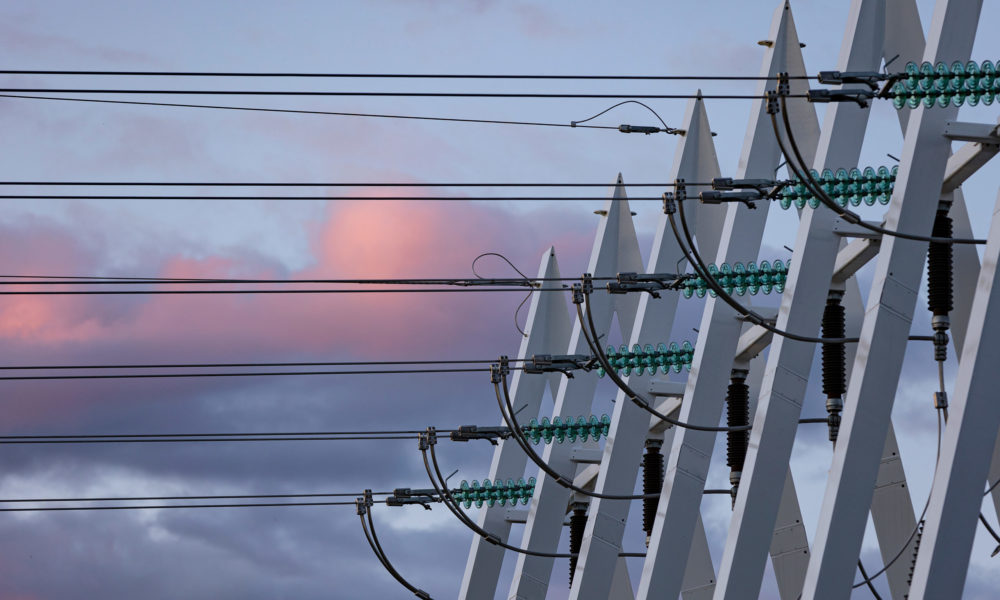Installing a properly dimensioned solar power plant is economically feasible in a property that uses a significant amount of electrical energy and has a sunny roof space. Since we have no feed-in tariff or netting, a solar power plant of the proper size is an energy saving action for the property and the energy system.
Households haven’t been able to produce their own energy earlier – with the exception of burning wood or using a heat pump. A solar power plant is easy to install and the prices have dropped dramatically. However, it is not the best choice for every home right now. For example, energy consumption in a single apartment is so low that the cost of producing a properly dimensioned system outweighs the benefits. A solar power plant is not worthwhile in a detached house heated with pellets, oil or district heating either, because electricity consumption is so low during the summer. Utilising solar electricity to produce domestic hot water, either directly or with a heat pump, is a key consumption area where purchased electricity can be replaced by electricity produced on your own roof.
In practice, installation of solar electricity in homes is market-based. The household deduction is an economic stimulus rather than a subsidy. The best evidence of a reasonable price level is the huge increase in the amount of installed capacity: the amount of solar electricity in Finland is more than doubling each year.
Housing companies use very little solar electricity. A housing company that wants to utilise the solar electricity installed in its electricity connection throughout the building needs complicated individual measuring or a credit note model that is still under development. This moves production from one electricity connection to another inside the plot complex and – most importantly – without a transmission fee. There are two convenient ways to promote the use of solar electricity in housing companies: a subsidy mechanism to implement solar electricity surveys, which supports decision-making, and a more extensive household deduction system that could apply to smart investments that shareholders make in the housing company.
The importance of electricity storage and demand response is growing. Many forms of renewable energy don’t require fuel and are characterised by a lack of production adjustability. It won’t be long before the installation of property-specific battery systems begins. The first target will be detached houses that have a solar power plant and where the price difference between buying and selling electrical energy is largest.
For smart companies, the energy transformation represents a huge opportunity in terms of developing business models. One example is partnership models associated with consumer sales of electricity, which are used to attract customers who don’t change electricity suppliers every time they receive a new offer.
Solar electricity is more than just electricity. The technical and economic barriers that have slowed the transition to a more sustainable energy system are now behind us. However, energy is not a very interesting topic and this is clearly a limiting factor. Being able to manage energy needs and get involved in that process makes energy fascinating, concrete and even fun. Solar electricity is the flagship of the energy transformation that is already underway and changing how we think about, buy and use energy. Energy should be fun!






